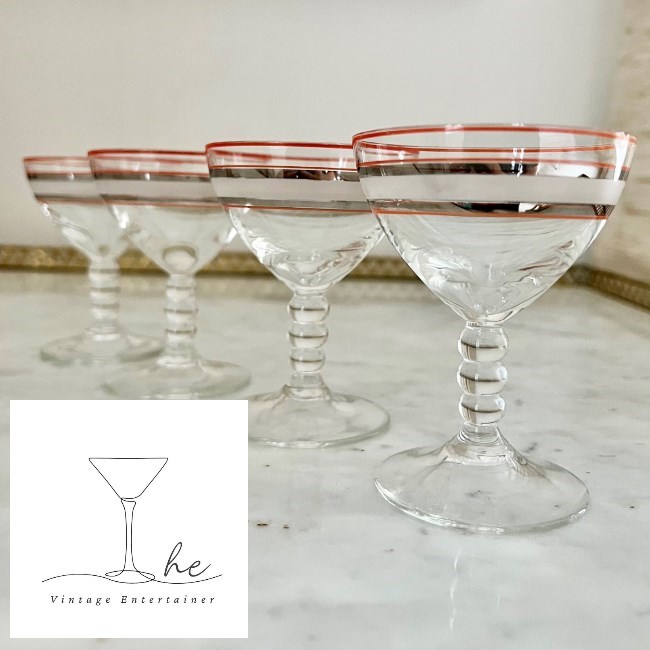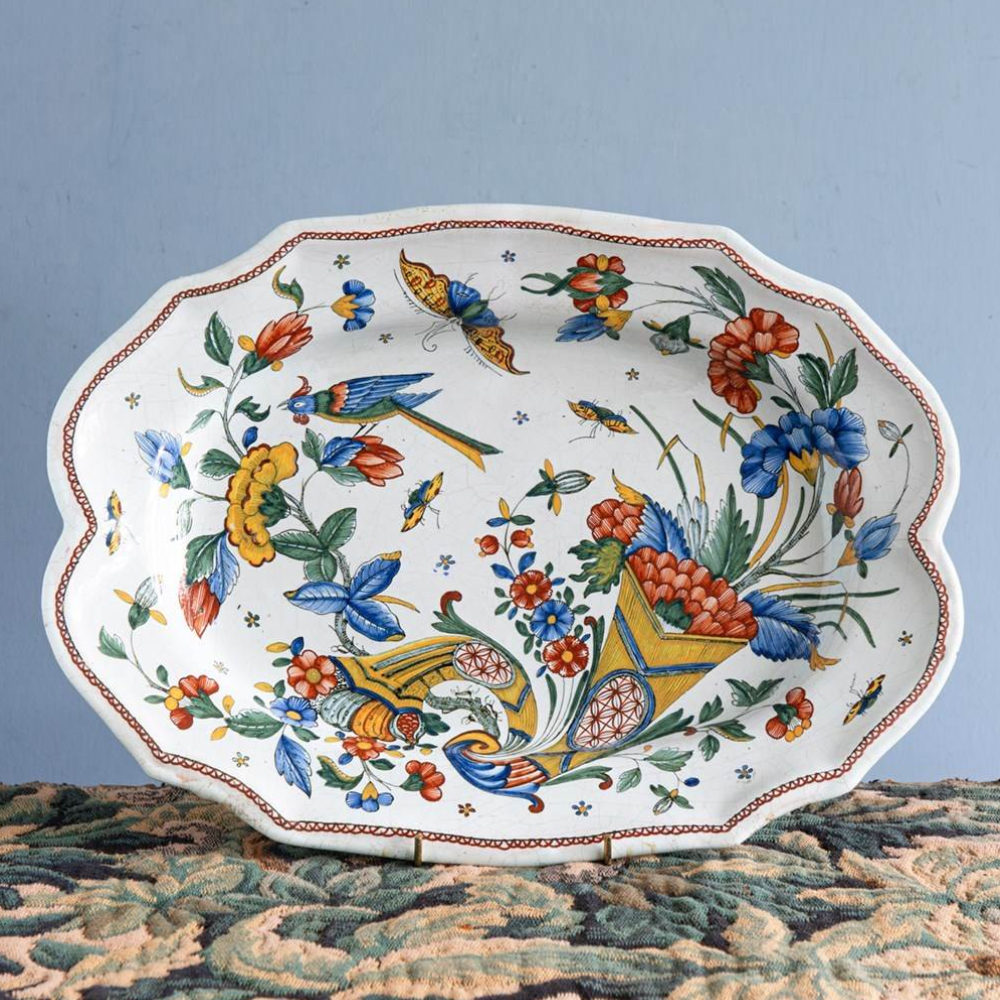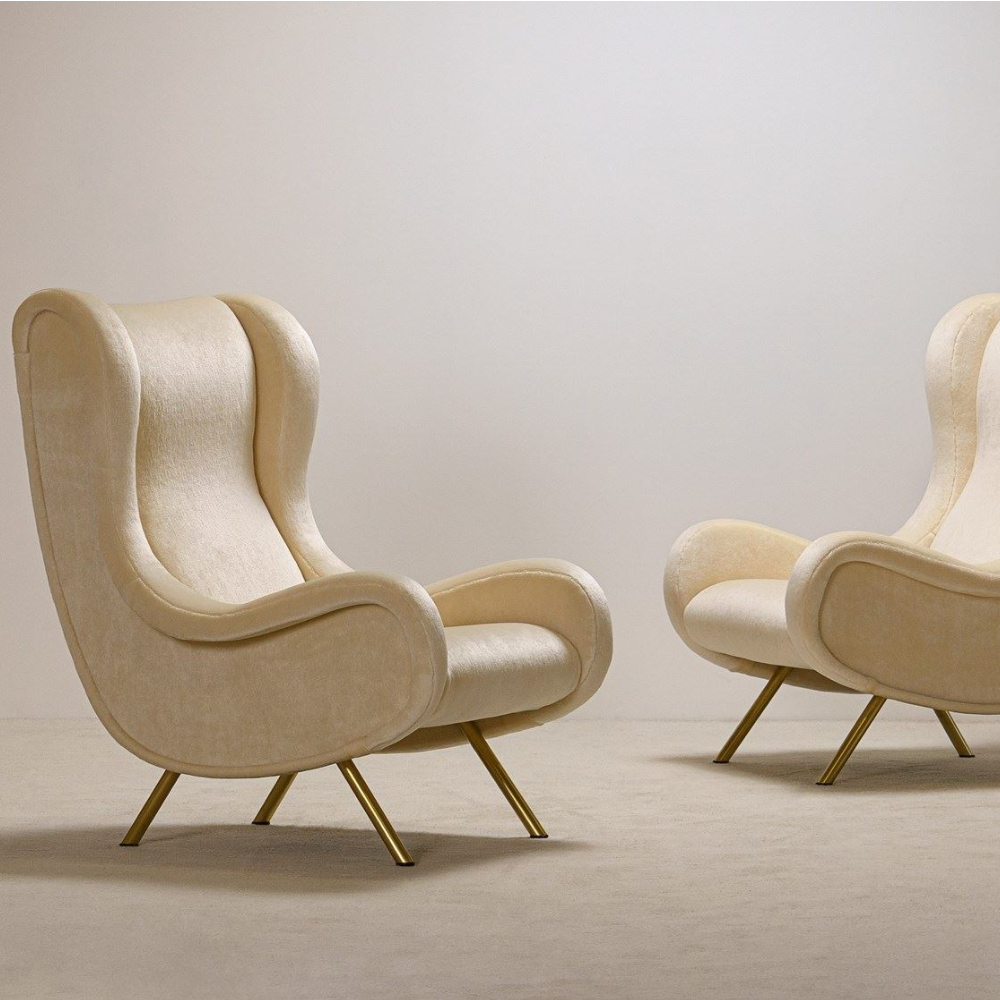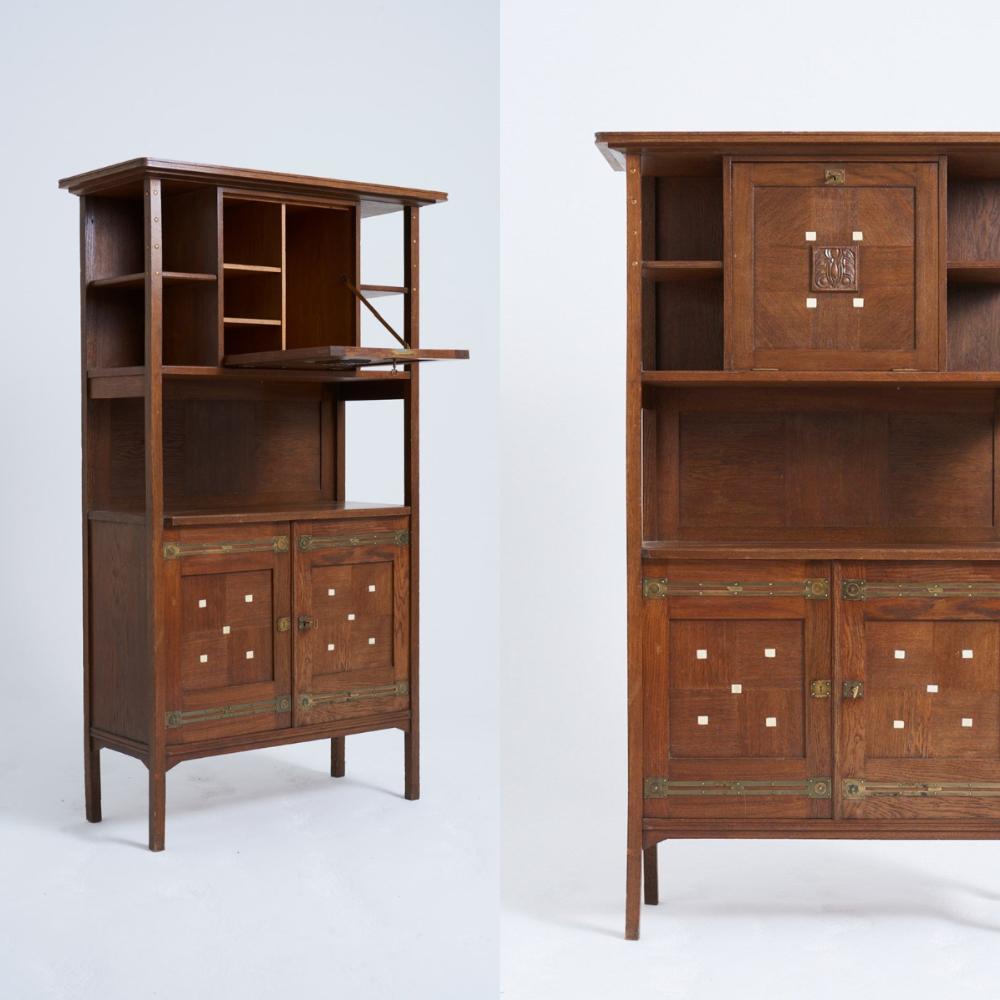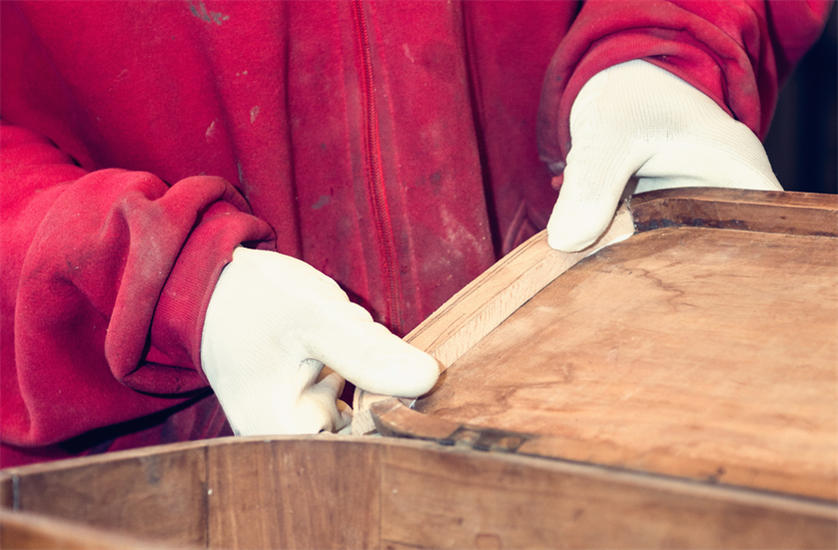
Cleaning antique furniture is a sure-fire way to ensure it increases in value whilst in your care, but the prospect of cleaning old furniture can be terrifying. You’re forever asking whether you’re going to ruin it with a certain cleaning product or if you’re going to do something to decrease its value, so often you end up doing nothing at all for fear of getting it wrong. So, we’ve assembled some top tips to answer that all-important question – how do you clean antique furniture?
Do I Need Special Cleaning Equipment for Antiques?
There are plenty of products on the market that claim to help revive old furniture and promise to help you with wood furnishing care. It’s important to be wary of these cleaning products. Some of them certainly might help, but some might include caustic ingredients that will turn your session of cleaning antique furniture into a nightmare.
If you want to replicate an expensive antique cleaning fluid from the safety of your own garage, the accepted rule is to mix four parts white spirit with one part linseed oil. Coupled with a clean linen cloth, this is an excellent way of removing an initial layer of grime and is the basis for many antique wood furniture cleaning products.
Here are some other key tips:
- Mild cleaners are always better, avoid harsher chemicals
- If stronger products are needed, use small amounts
- Always use soft and clean cloths
- Steel wool can be a last resort for difficult stains
- Toothbrushes are great for hard to reach spots
Will Cleaning My Antiques Reduce Their Value?
Careful cleaning of your old furniture and antiques shouldn’t reduce the value of your items – as long as it’s done properly. You can’t treat antiques as you would normal furniture, especially when you’re cleaning antique wood furniture with brass handles and other metal components.
Over time, a patina will build up on brass components, and this is highly desirable to collectors. One of the worst mistakes you can make when cleaning antique furniture is to remove this patina with a harsh cleaning chemical. As well as damaging the heritage of the antique, it also risks destroying the brass itself as it scratches easily and can easily look disfigured.
If straightforward cleaning methods aren’t helping you return an antique to its former glory, a more rigorous restoration might be necessary – but don’t undertake one of these if you’re not sure of what you’re doing.
Should You Polish Antiques?
Wood furnishing care takes on a whole new dimension when you’re dealing with antique furniture. Normal polishing aims to deliver a surface gloss to an item, but a deep polish that protects the item and shows it off to its best potential is entirely different.
Traditional paste wax which is specifically marketed towards antique care and contains beeswax or carnauba wax are likely to be most effective without damaging your furniture. There are also liquid variants available which can help get into the nooks and crannies of old furniture without the need for sharp objects or heavy handling.
Regular dusting of an antique with a soft cloth should remove all the surface issues with your old furniture. You should only wax an antique when regular dusting can’t remove the grime or when you’re trying to buff up a piece of old furniture that’s recently come into your possession.
Example – How to Clean and Refinish a Dirty Antique Wood Table Top
Refinishing an antique tabletop is difficult and should only really be undertaken by professionals if you’re concerned about the value of your furniture. However, there are things you can do to improve the appearance of a dirty antique tabletop without resorting to the professional refinishing method.
Bear in mind stripping old furniture can irreparably destroy its value, so if it has real or sentimental value, this is very much a nuclear option. So, what else can you do?
- Choose a mild cleaning fluid or make one up yourself with white spirit and linseed oil.
- Take a soft and clean linen cloth and gently rub the surface of the table – don’t scrub.
- Use steel wool to get rid of harsh stains, but make sure to use it gently.
- Take a toothbrush to reach into cracks or nooks and follow the grain of the wood.
- Wipe down with a separate dry cloth and gather up as much of the liquid as possible.
- Allow the table top to air.
- If applicable, apply a wax polish to make it shine.
If you’re still unhappy with the way your tabletop looks, it might be time to talk to a professional restorer about your options.

